What is CBAM?
The European Union (EU) is working towards an ambitious goal of becoming carbon neutral by 2050. However, concerns are growing that EU companies could move carbon-intensive production abroad to take advantage of laxer standards. This phenomenon, known as “carbon leakage,” means emissions are being moved outside Europe, undermining EU and global climate neutrality targets.
The online discussion series "Talk GreenBiz - Green growth compass" is organized by Dan Tri newspaper in collaboration with the Green Future Fund (under Vingroup Corporation).
The aim of the chain is to contribute to promoting green journeys in daily life, raising community awareness and calling on each individual to take action today to protect the environment for future generations.
The talk show “From CBAM to Carbon Market - New compliance roadmap for Vietnamese enterprises” part of the series “Talk GreenBiz – Green growth compass” will be broadcast on June 23 on Dan Tri newspaper and its social media platforms.
To counter this risk, the EU has decided to equalise the carbon price between domestic and imported products through the Carbon Border Adjustment Mechanism (CBAM). The EU believes that this mechanism, by appropriately pricing the carbon emitted during the production of imported goods, will encourage industries in countries outside the EU to produce cleaner goods.
CBAM is a mechanism to impose a carbon tax on goods imported into the European Union (EU), with the aim of ensuring that goods produced outside the EU do not benefit from emitting higher emissions than EU standards.
CBAM was established to prevent carbon leakage in global production. Without it, companies could easily move production outside the EU to avoid strict emissions regulations. Therefore, CBAM acts as an effective barrier by imposing a carbon tax on high-emission imports.
In addition, the mechanism also aims to promote emission reductions on a global scale. Specifically, CBAM creates incentives for non-EU countries to adopt more sustainable production standards, thereby contributing significantly to the common effort to reduce global greenhouse gas emissions.

The European Union (EU) is striving to achieve the ambitious goal of becoming a carbon-neutral continent by 2050 (Photo: iStock).
In terms of implementation time, CBAM was officially proposed in July 2021 and has started its pilot application phase since 2023. Full implementation is expected to be implemented from 2026. According to the EU's long-term plan, CBAM will directly and significantly contribute to the ambitious target of reducing emissions by 55% by 2030 compared to the 1990 baseline.
How does the CBAM mechanism work?
CBAM aims to create a level playing field, ensuring that imported goods face the same carbon costs as goods produced within the EU. Free emissions allowances allocated under the EU ETS will be phased out by a factor of 1 and phased out completely by 2034.
CBAM does not apply to all products but is limited to manufacturing sectors with high emissions and high carbon leakage risks. Key industries include cement, iron and steel, aluminum, fertilizer, electricity and hydrogen.
The choice of these sectors is not accidental. According to a report from the European Commission, they are the largest contributors to global greenhouse gas emissions and account for a large share of EU imports.
During the 2023-2025 period, CBAM will operate as a reporting mechanism, meaning that importing businesses will need to provide data on emissions associated with their products, but will not yet be required to purchase CBAM certificates. By 2026, businesses will officially be required to pay a carbon fee based on the emissions of imported goods.
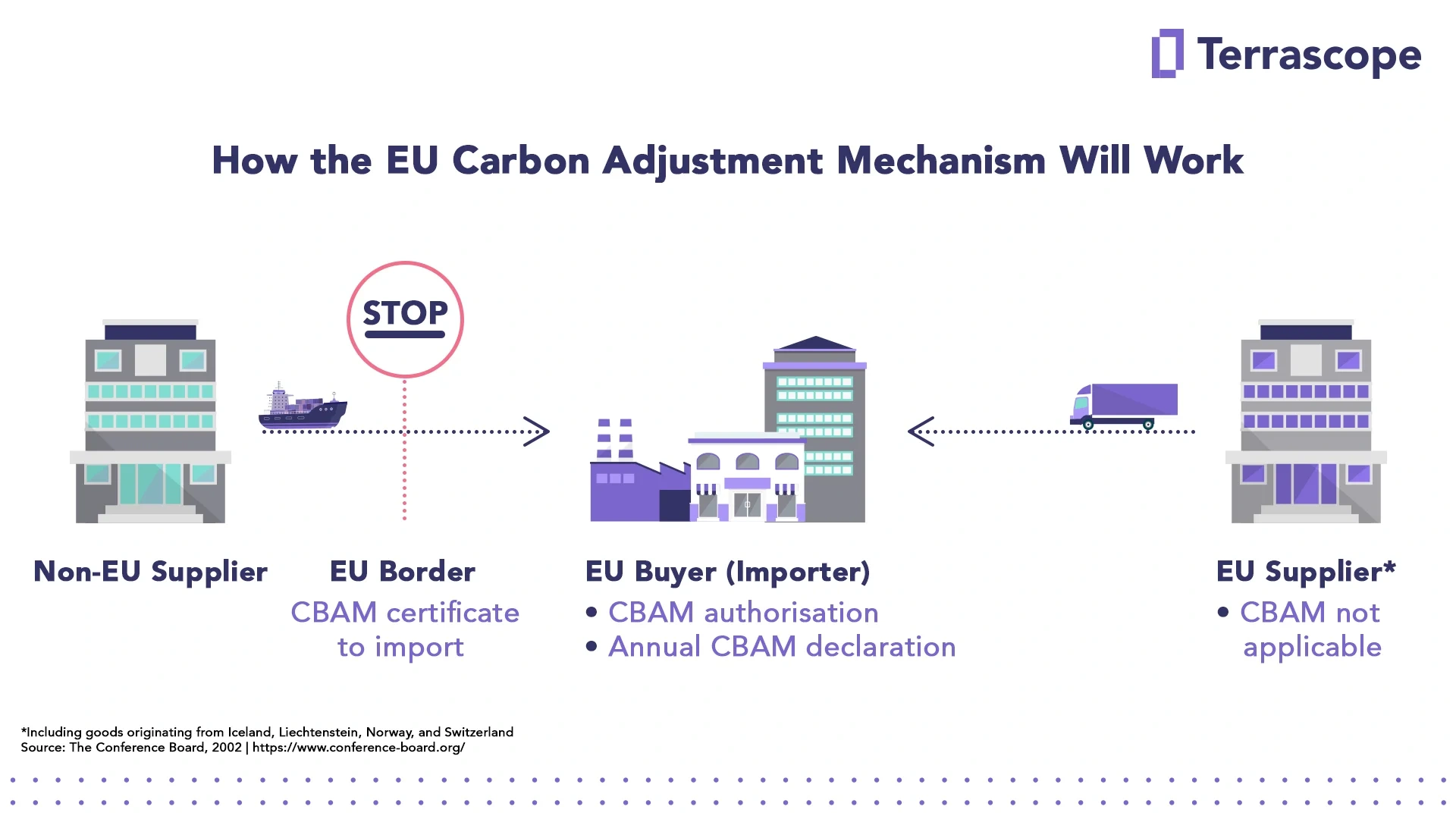
CBAM mechanism in action (Photo: Terrascope).
CBAM operates on the core principle of “polluter pays”. Under this framework, businesses importing goods into the EU will need to take three main steps.
First, businesses must register with national regulators and declare carbon emissions related to imported goods.
Next, businesses need to purchase CBAM certificates with the number of certificates corresponding to the product's emissions, calculated according to the carbon price on the EU ETS market (EU Emissions Trading System). However, the price of this certificate can fluctuate depending on the ETS market.
Finally, in cases where a business has paid carbon tax in the exporting country, it can claim a deduction for the tax paid to avoid double taxation.
In the first phase, CBAM will focus on commodity groups with the highest risk of carbon leakage, such as cement, steel, aluminum, fertilizers... These are sectors that account for 94% of the EU's industrial emissions.
At the end of the Mechanism's transition period, in 2025, the European Commission will assess the operation of the CBAM and may extend its scope to more products and services, including across the value chain and possibly including “indirect emissions”, such as carbon emissions from the use of electricity to produce goods.
Upon full implementation in 2026, importers of goods covered by CBAM in the EU will need to purchase CBAM certificates. The price of the certificates will be calculated based on the average weekly auction price of EU ETS subsidies.
EU importers must declare by 31 May each year the quantity of goods and emissions associated with those goods imported into the EU in the previous year. At the same time, importers must submit a number of CBAM certificates corresponding to the amount of greenhouse gas emissions contained in the products.
Environmental solution or sophisticated trade protection tool?
Although designed to protect the environment, CBAM has received mixed reviews for its potential protectionist trade effects. As carbon prices rise, the mechanism imposes additional costs on imported products, which could indirectly protect EU industries from competition from developing countries with lower production costs.
Imposing a carbon price on goods from outside the EU also raises concerns about unfair competition.
Some international organizations have argued that CBAM could lead to discrimination in trade. The World Trade Organization (WTO) and countries such as Brazil and India have expressed concerns that CBAM could violate the principle of non-discrimination in international trade.
CBAM has also been seen as a form of “green protectionism” because it applies a carbon price to imports, which creates an uneven competitive playing field for developing countries.
According to the Organisation for Economic Co-operation and Development (OECD), the implementation of CBAM contributes to reducing emissions in the EU region and creates spillover effects through carbon pricing on imports. This forces exporters to upgrade technology or reduce emission intensity to maintain competitiveness.
However, there is considerable debate about the actual environmental effectiveness of CBAM. On the one hand, it may promote cleaner production in exporting countries. On the other hand, if these countries lack sufficient technical and financial capacity to implement the technological transition, emissions may simply be “geographically displaced” rather than substantially reduced.
In many cases, goods are still produced in countries without clear climate policies, making it difficult for CBAM to achieve the environmental performance originally expected.
According to studies by the IMF and UNCTAD, the economic impact of CBAM could be particularly severe for developing countries. Cement exports from India and South Africa to the EU could fall by up to 65.2% and 44.3% respectively, as high carbon costs erode their price advantage.
This raises concerns that in the absence of mechanisms to support just transitions, CBAM risks becoming a form of trade barrier, rather than a truly comprehensive environmental instrument.
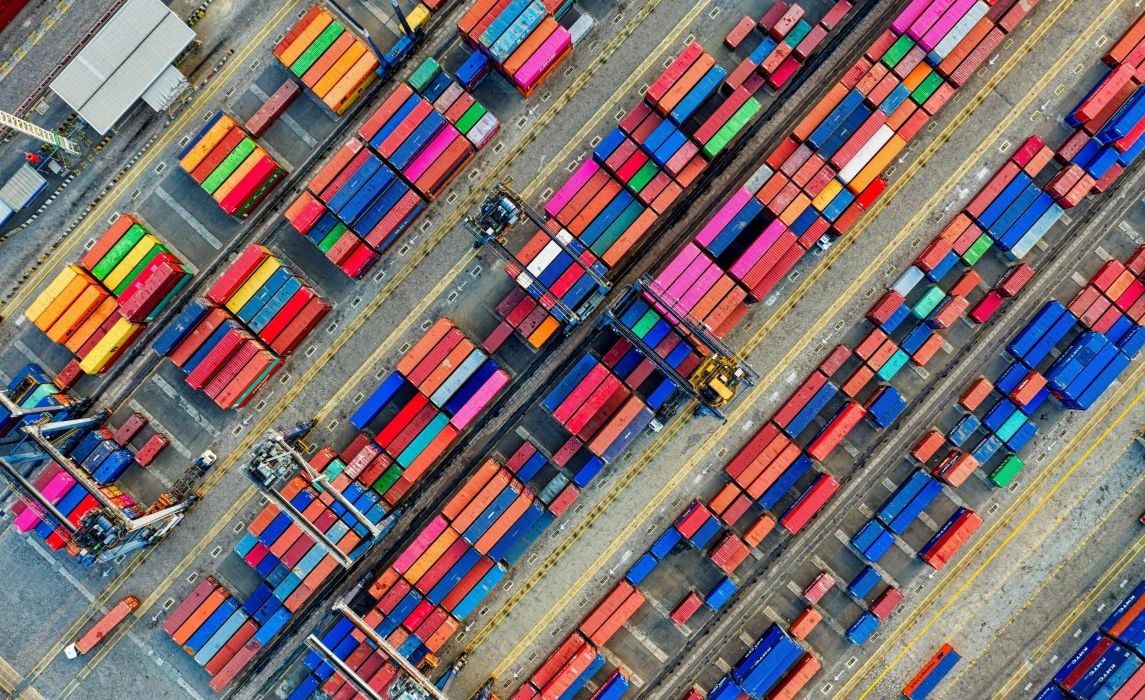
Some international organizations believe that CBAM could lead to discrimination in trade (Photo: South Pole).
Global standards or hidden barriers?
Many experts believe that CBAM may be a form of “green protectionism” because it does not take into account the technical and financial capacity limitations of developing countries. Instead of imposing tariffs, supporting technology transfer and investing in sustainable supply chains may be more effective and equitable options.
This approach contributes to enhancing the competitiveness of developing countries while promoting a comprehensive and sustainable green transition.
The UK has plans to introduce a similar mechanism from 2027. The US and Japan are also exploring carbon pricing measures at their borders, reflecting a growing global trend where countries are seeking to prevent “carbon leakage” and protect the integrity of their domestic climate policies.
However, this trend is not being implemented evenly. Developing countries, which have not yet established effective carbon pricing systems, may encounter difficulties in the adaptation process.
Lack of technical and financial capacity puts many countries at risk of being cut out of global supply chains or suffering significant trade losses, raising concerns that CBAM could widen the global development gap.
The WTO and major trading blocs such as ASEAN and MERCOSUR have voiced concerns about the risk of CBAM violating the principle of non-discrimination - the foundation of the multilateral trading system. Some experts warn of the possibility of policy conflicts or "soft trade wars" between the EU and emerging economies.
In the long term, CBAM could either become a new global norm or be forced to adjust under political and commercial pressure. If implemented transparently and equitably, it could contribute to substantial emissions reductions and promote environmental policy reform at the national level.
However, according to the OECD, such positive impacts will only occur if developing countries have the conditions to make the technological transition. Otherwise, CBAM is likely to increase trade barriers rather than promote a sustainable green transition.
The ESG Vietnam Forum 2025 with the theme "Science and technology and driving force for sustainable development" will be a place to exchange and discuss important issues such as: How can businesses apply science and technology to improve the environment and limit negative impacts on the environment?
How can businesses solve social problems such as poverty reduction, improving the quality of education and health care, and creating sustainable employment opportunities? How can science and technology enhance transparency, accountability, and governance efficiency?
The highlight of the Vietnam ESG Forum 2025 will be the Vietnam ESG Awards 2025 - a prestigious title honoring businesses that have made outstanding achievements in implementing ESG in science and technology towards sustainable development.
The organizers of the Vietnam ESG Forum believe that honoring businesses with good execution will inspire and motivate other businesses to act for a better future.
Source: https://dantri.com.vn/kinh-doanh/cbam-la-gi-vi-sao-ca-the-gioi-lai-dang-quan-tam-20250617224927415.htm




![[Photo] General Secretary To Lam and National Assembly Chairman Tran Thanh Man attend the 80th Anniversary of the Traditional Day of the Vietnamese Inspection Sector](https://vphoto.vietnam.vn/thumb/1200x675/vietnam/resource/IMAGE/2025/11/17/1763356362984_a2-bnd-7940-3561-jpg.webp)





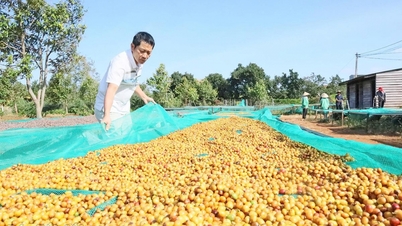

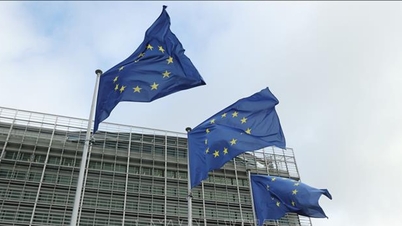

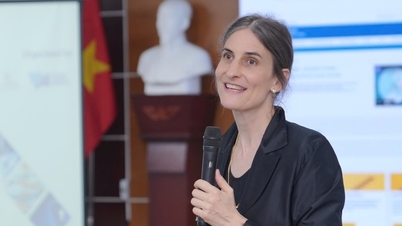






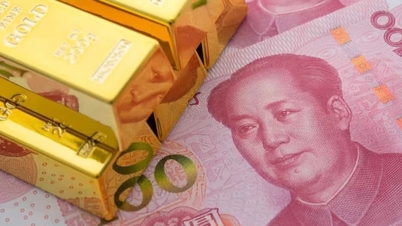
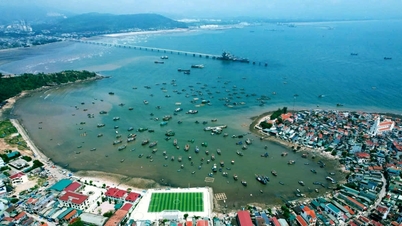

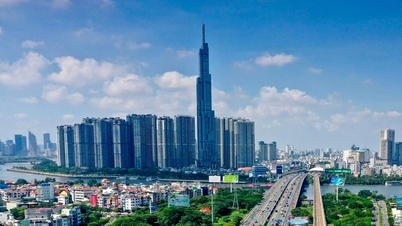






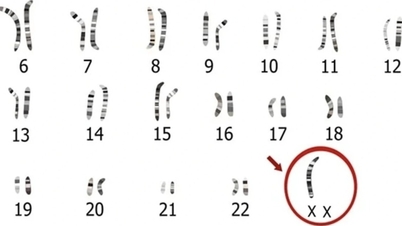





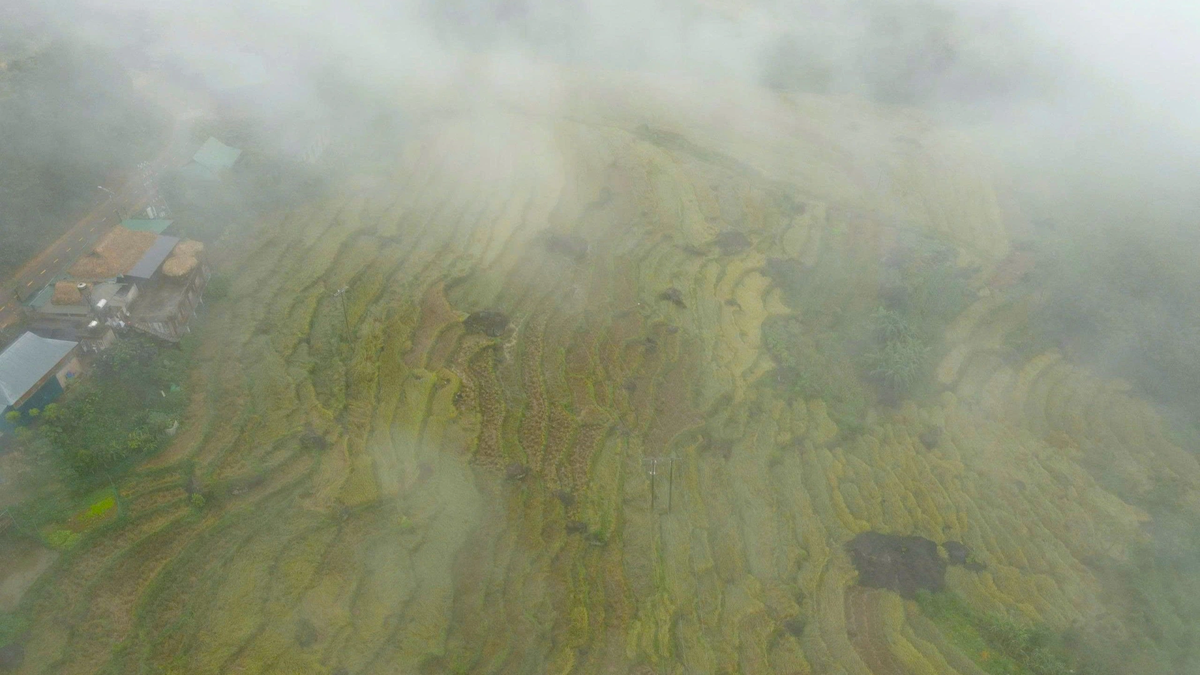























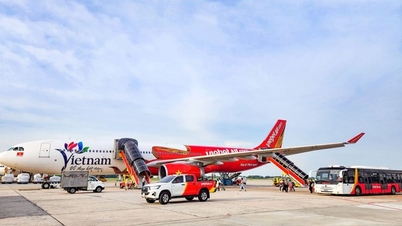














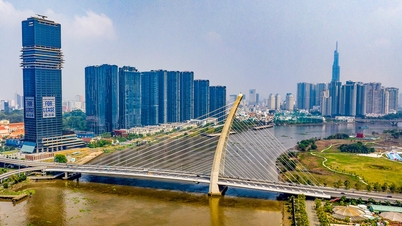
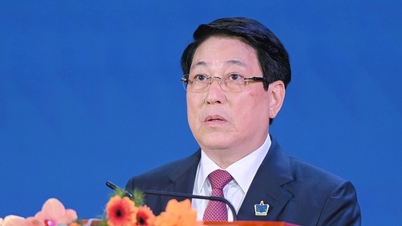

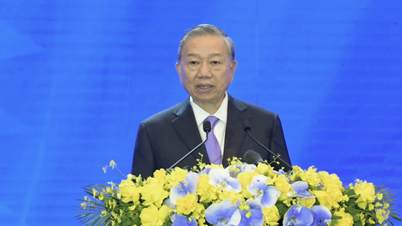
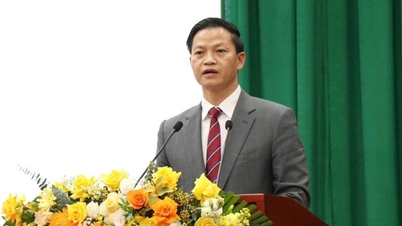



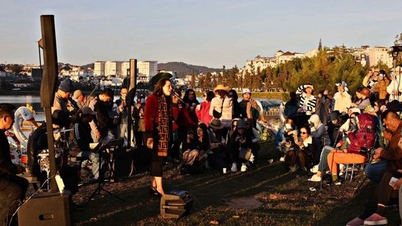


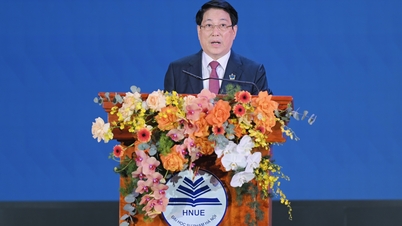

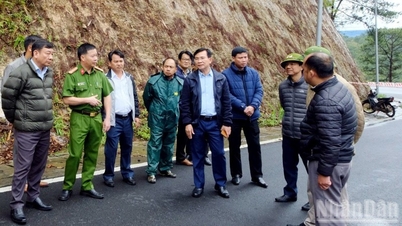


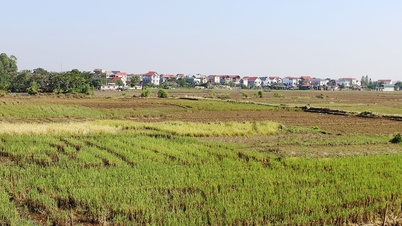





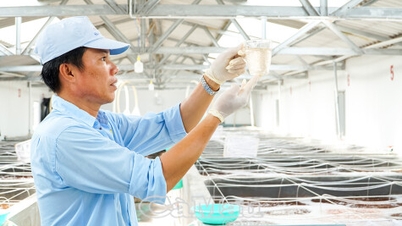
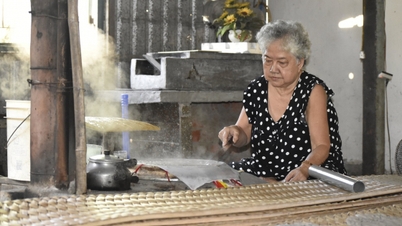













Comment (0)